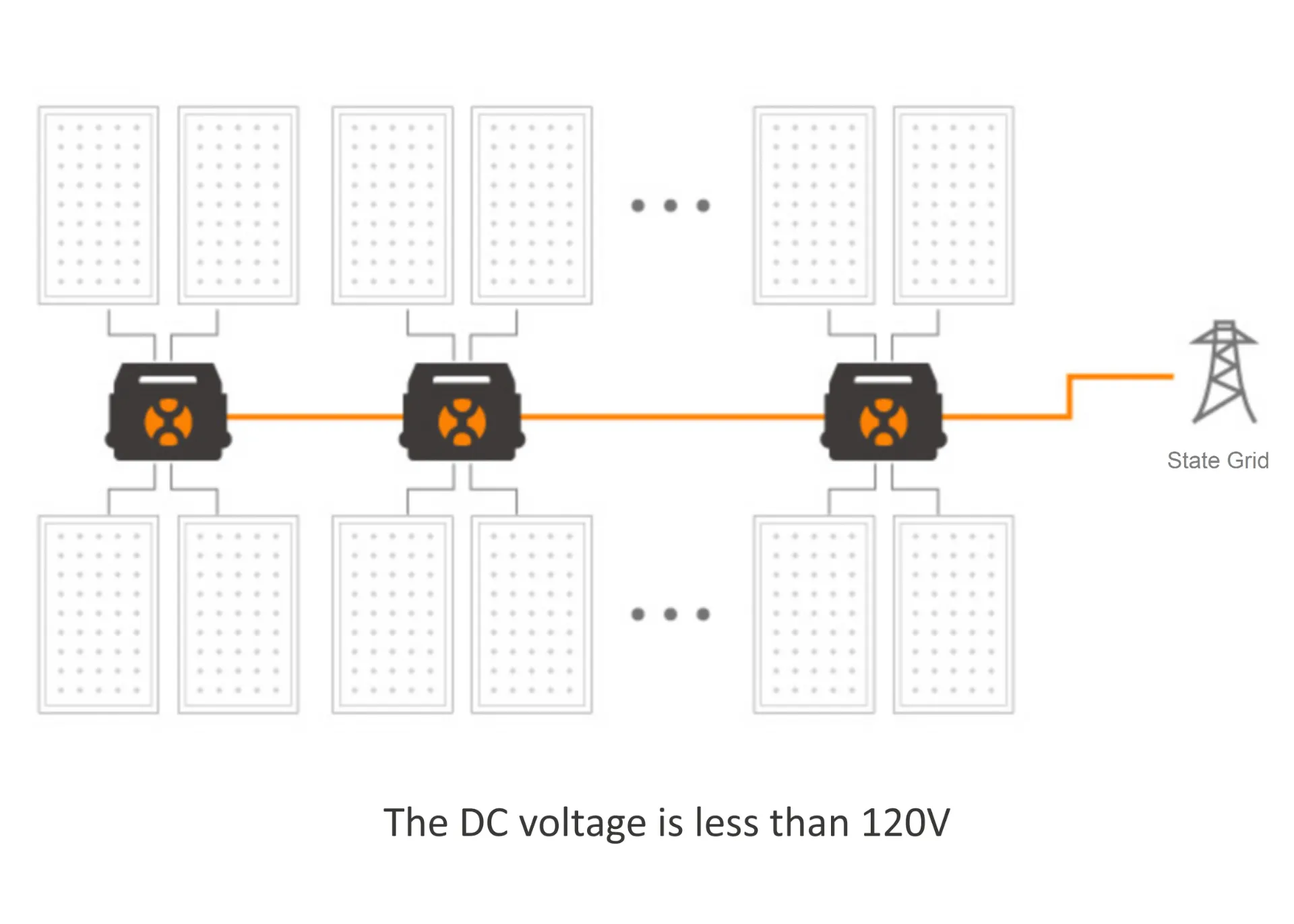Comparing Half Cell and Full Cell Solar Panels for Efficiency and Performance
Half Cell Solar Panels vs Full Cell Solar Panels A Comprehensive Comparison
In the ever-evolving field of renewable energy, solar panels have emerged as a pivotal technology in harnessing solar energy for electricity generation. Among the various types of solar panels available in the market, half cell and full cell solar panels stand out, each offering unique advantages and features. Understanding the differences between these two types can help consumers and businesses make informed decisions when investing in solar technology.
What are Full Cell Solar Panels?
Full cell solar panels are the traditional type of photovoltaic (PV) modules most commonly found in residential and commercial installations. Each panel typically consists of 60 to 72 individual solar cells wired together. When sunlight hits these cells, they generate electricity through the photovoltaic effect. Full cell panels have been the industry standard for decades, providing reliable performance and efficiency. However, they also come with certain limitations, particularly concerning shading and potential damage to the cells.
What are Half Cell Solar Panels?
Half cell solar panels, as the name suggests, are designed with solar cells that have been cut in half. This innovative approach doubles the number of cells in a given panel while reducing the size of each individual cell. Typically, a half cell panel will have 120 or 144 half solar cells, allowing for increased efficiency and performance. The design optimizes light absorption and reduces the impact of shading, making half cell technology an attractive alternative to traditional full cell panels.
Advantages of Half Cell Solar Panels
1. Higher Efficiency One of the primary advantages of half cell solar panels is their enhanced efficiency. By reducing resistance and allowing for better flow of electricity through the cells, half cell panels can produce more energy compared to full cell panels of the same size. This means homeowners and businesses can benefit from greater energy production.
half cell solar panel vs full cell

2. Improved Performance in Partial Shade Traditional full cell panels can suffer significantly in performance if even a small part of the panel is shaded. In contrast, half cell panels mitigate this issue, as shading on one half of a cell does not have the same detrimental effect on the output. This makes half cell panels especially suitable for installations in areas with potential shading from trees, buildings, or other obstructions.
3. Durability and Lower Hot Spot Risk Half cell technology reduces the likelihood of hot spots forming on the solar cells, which can cause damage and reduce efficiency. With better heat distribution across the panel, half cell solar panels tend to have a longer lifespan and require less maintenance.
4. Better Module Design Flexibility The smaller size of half cells allows for greater design flexibility in manufacturing solar panels. This often results in thinner, lighter panels that can be easier to handle and install, ideal for roofs with weight restrictions.
Disadvantages of Half Cell Solar Panels
While half cell panels offer numerous benefits, they are not without their downsides. Generally, they may come with a higher upfront cost compared to full cell panels due to the more complex manufacturing process. Additionally, the benefits of efficiency are most pronounced under specific conditions—when the installation is well-optimized for sunlight exposure and shading is minimal.
Conclusion Which One to Choose?
When deciding between half cell and full cell solar panels, it is essential to consider your specific needs and circumstances. If efficiency, performance in shaded conditions, and durability are your top priorities, half cell panels could be the better choice despite their higher initial cost. On the other hand, if budget constraints are significant and your location offers optimal sunlight without shading, traditional full cell panels may still serve you well.
Overall, both half cell and full cell solar panels have their merits. With the increasing push toward sustainability and the reduction of carbon footprints, investing in solar technology remains a wise choice for the future. Whatever option you choose, both technologies are steps toward a cleaner and more sustainable energy landscape.
-
String Solar Inverter: The High-Efficiency Solution for Smart Solar EnergyNewsJul.14,2025
-
Revolutionizing Rooftop Energy with the Power of the Micro Solar InverterNewsJul.14,2025
-
Power Independence with Smart Off Grid Solar Inverter SolutionsNewsJul.14,2025
-
On Grid Solar Inverter: Powering the Future with Smart Grid IntegrationNewsJul.14,2025
-
Monocrystalline Solar Panels: High-Efficiency Power for the Future of Clean EnergyNewsJul.14,2025
-
Bifacial Solar Panel: A Smarter Investment for Next-Generation Energy SystemsNewsJul.14,2025







